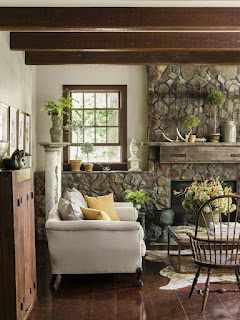Payment Plans for Furniture: Affordable Buying Options
Furnishing your home can be an exciting but expensive undertaking. The allure of that perfect sofa or stunning dining set can quickly clash with the reality of your budget. Fortunately, numerous payment plans and financing options exist to make those dream pieces more attainable. This article explores several affordable ways to acquire the furniture you desire without breaking the bank.
Understanding Your Financing Options
Before diving into specific plans, understand your credit score and spending habits. A higher credit score typically unlocks better interest rates and more favorable terms. Honest self-assessment is crucial. Consider your monthly budget and how much you comfortably can afford to allocate to furniture payments. Rushing into a plan you can't manage leads to stress and potentially damaging your credit.
Store-Specific Financing
Many furniture retailers offer in-house financing programs. These often involve interest-free periods (for a limited time) or low-interest rates, making them attractive options. Read the fine print carefully, however. Missed payments can incur hefty late fees and significantly increase the overall cost. Always compare interest rates and terms across different stores before committing. Look for transparent terms and conditions that clearly outline payment schedules and penalties for late payments.
Third-Party Financing Companies
Companies like Affirm, Klarna, and PayPal Credit partner with retailers to provide financing options. These platforms often offer flexible payment plans tailored to individual budgets, allowing you to spread the cost over several months or even years. These platforms typically perform a soft credit check, meaning your credit score isn't drastically impacted. However, always check the interest rates and fees associated with using these services, as they can vary significantly based on your creditworthiness and the purchase amount.
Rent-to-Own Options
Rent-to-own programs allow you to pay for furniture monthly, eventually owning it after a set period. This option often comes with higher overall costs compared to traditional financing, so carefully weigh the pros and cons. Understand the total cost, including all payments, and compare it to the retail price before opting for this approach. It's a helpful solution for those with limited credit history or facing immediate furniture needs, but it can become costly in the long run.
Tips for Smart Furniture Financing
Regardless of the payment plan you choose, strategic planning can save you money and prevent financial strain:
- Create a realistic budget: Determine how much you can comfortably afford to pay each month without compromising other essential expenses.
- Compare interest rates and fees: Don't solely focus on monthly payments; examine the total cost over the loan's lifetime.
- Read the fine print: Understand all terms and conditions, including late payment penalties and prepayment options.
- Prioritize needs over wants: Focus on essential furniture first before adding non-essential items.
- Shop around: Compare prices and payment plans across different retailers before making a purchase.
By carefully researching your options and following these tips, you can confidently furnish your home with beautiful, high-quality furniture while managing your finances responsibly.







